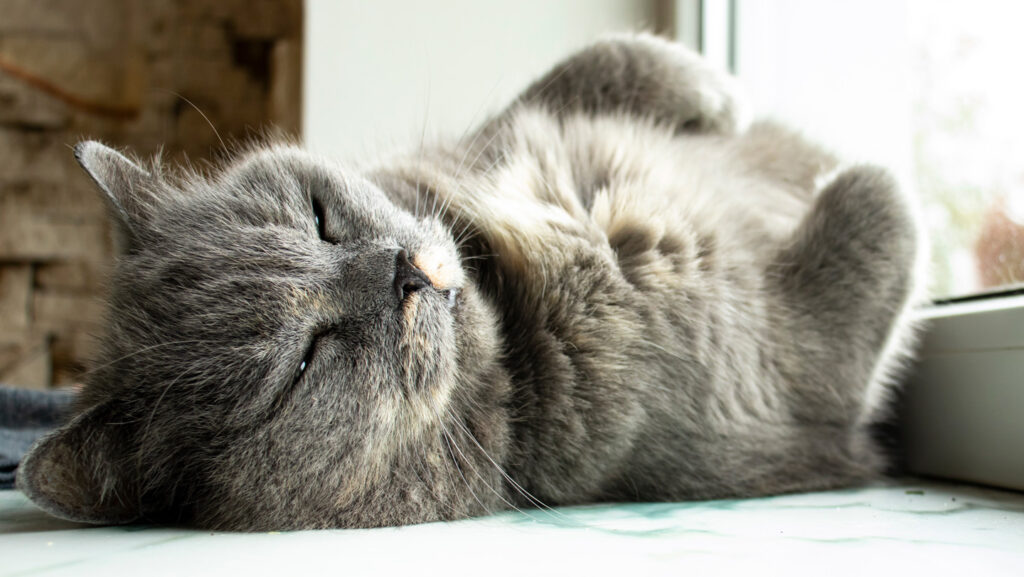As cats age, they may yowl more than usual at night, have trouble sleeping or sleep too much, and act generally confused or disoriented. Now a new study shows that, just like in humans with Alzheimer’s disease, amyloid-beta plaques build up in the brains of aging felines and may contribute to dementia-like behaviors.
In cats, that buildup could be causing a cascade of problems within the brain, such as hyperactivation of immune and other supporting brain cells that attack the synapses that connect nerve cells, researchers report August 11 in European Journal of Neuroscience. Aged cats with and without dementia had similar features and only a small number of cats were studied. But these findings could start helping researchers better understand how cats age and potentially develop treatments for feline dementia, as well as provide new insights into how the disease progresses in humans.
Earlier studies had found amyloid beta in the brains of cats, but scientists didn’t know to what extent it was disrupting brain function. Robert McGeachan, a veterinarian at the University of Edinburgh, knew that the number of synapses decreased early in Alzheimer’s disease in humans. And so he and his team decided to focus on these connections in their cat study. They looked at the postmortem brains of seven young cats and 18 older ones, including eight with behavioral signs of dementia.
Using fluorescent markers that find and cling to amyloid beta, the team found that the brains of aged cats, with or without dementia, had more of the protein than the younger brain samples. The amyloid beta plaques in the older cats also tended to accumulate right around synapses.
In all the aged cats, immune cells called microglia, which regulate inflammation, and astrocytes, which help maintain the brain’s natural environment, were hyperactive. These cells also looked like they were lurking near the amyloid beta clumps, a sign that they were dispatched to the area to tackle the proteins. But instead of attacking only the clumps, the microglia and astrocytes also seemed to be attacking some synapses.
The results mimic what is seen in human brains with Alzheimer’s, says Roberta Marongiu, neuroscientist at Weill Cornell Medicine in New York City who was not involved with the study. Microglia and astrocytes also swarm around amyloid plaques and wreak havoc on the neurons and their connections in humans with Alzheimer’s.
The similarities mean that cats could make a good mimic of human Alzheimer’s, she says. Current ways of studying Alzheimer’s include using mice, which have to be genetically modified to develop Alzheimer’s. Contrary to these engineered models, aging cats develop dementia spontaneously. “It’s exciting to have a naturally occurring model,” Marongiu says.
McGeachan hopes that studying more brains — as the team is currently doing — might reveal patterns between cats with and without dementia. The team also wants to look at other hallmarks associated with Alzheimer’s, such as accumulation of the tau protein, to see how they show up in cat brains.
While cats are unlikely to replace mice as model animals for Alzheimer’s — cats are more expensive, for one — our feline friends could also benefit from more research, McGeachan says. “We can improve health for humans and for animals.”
Read the full article here


